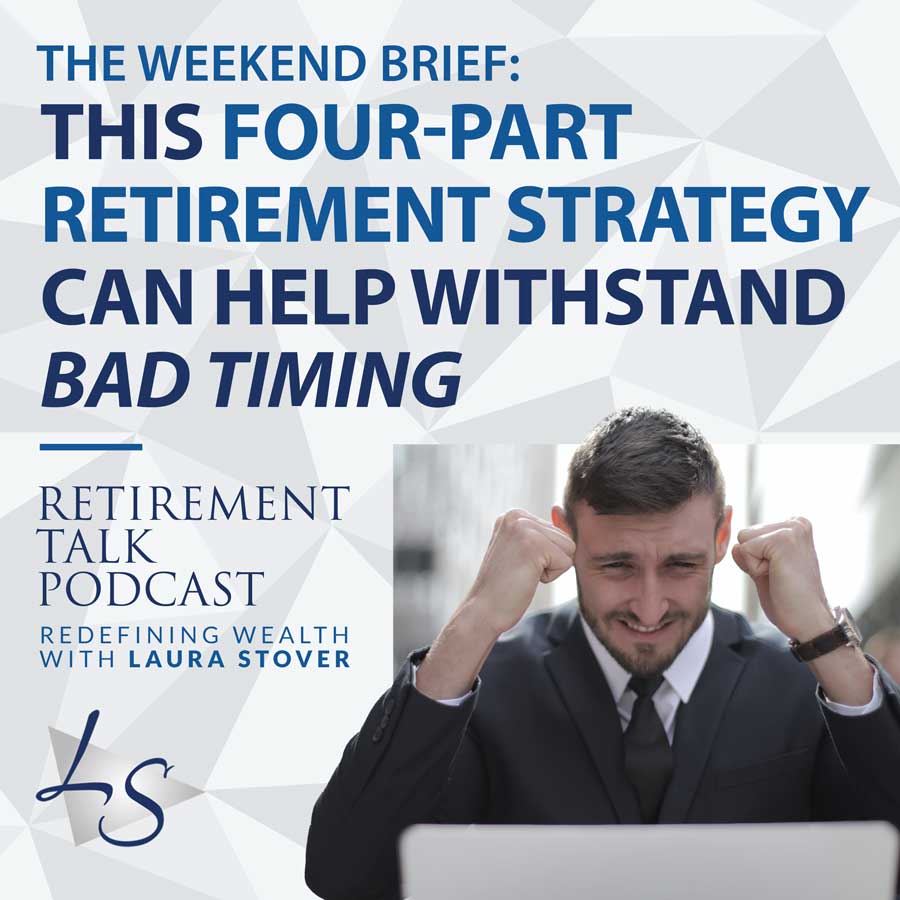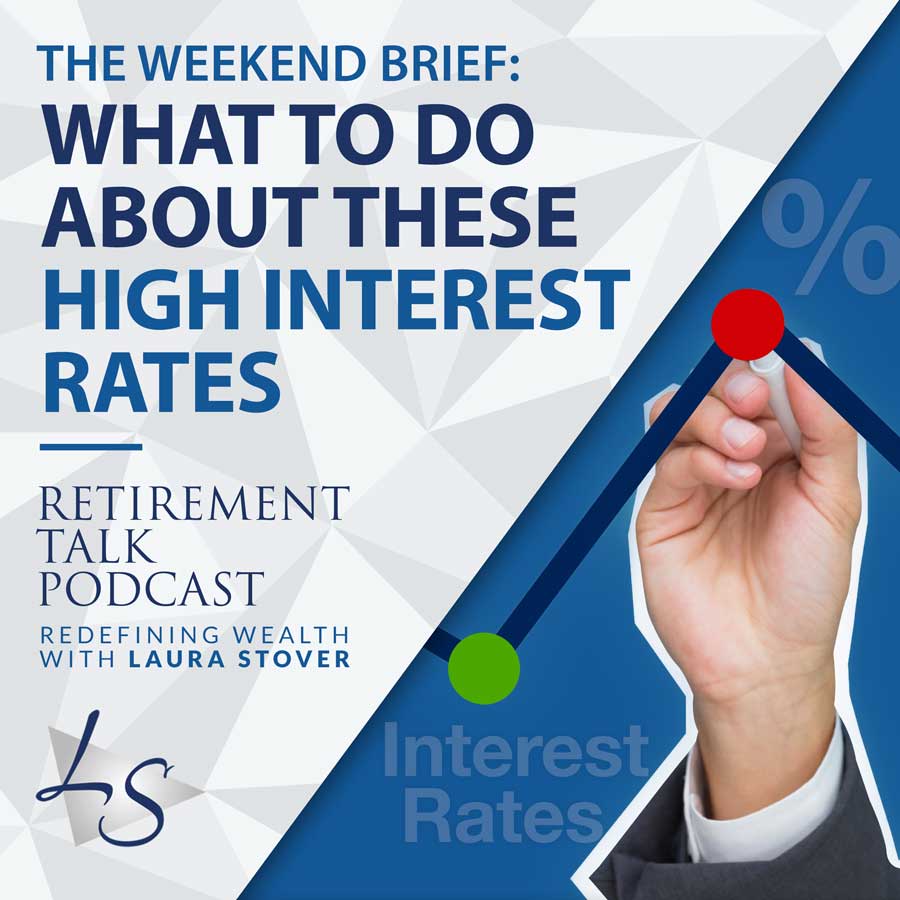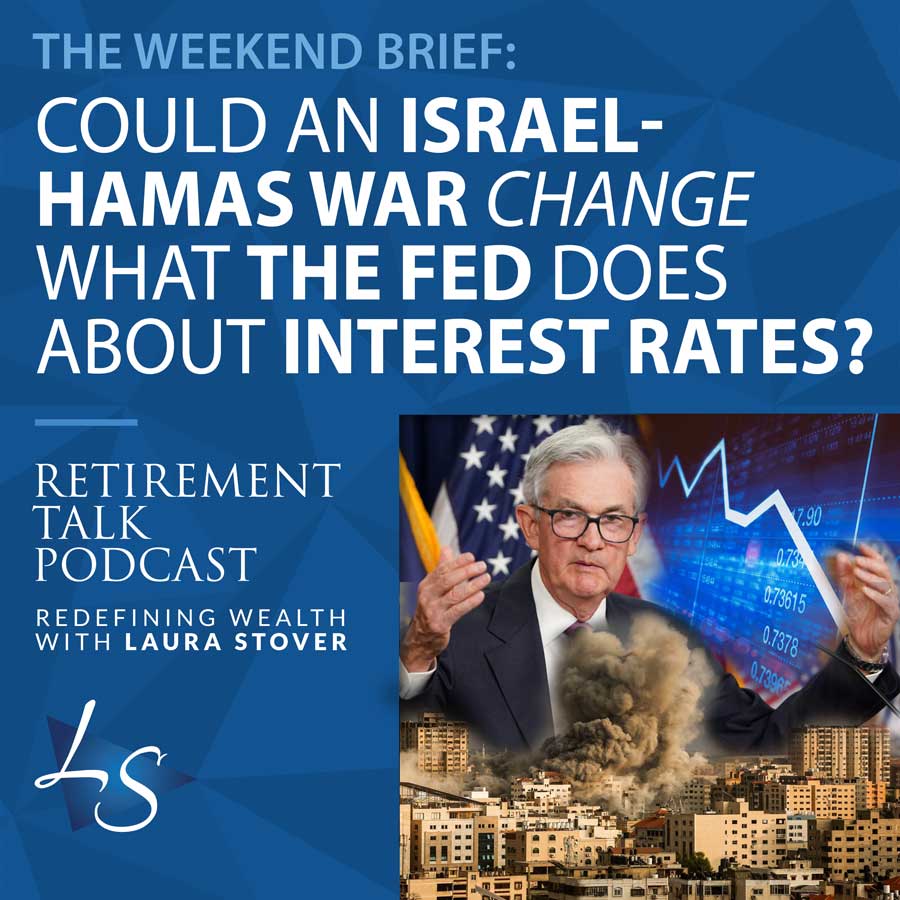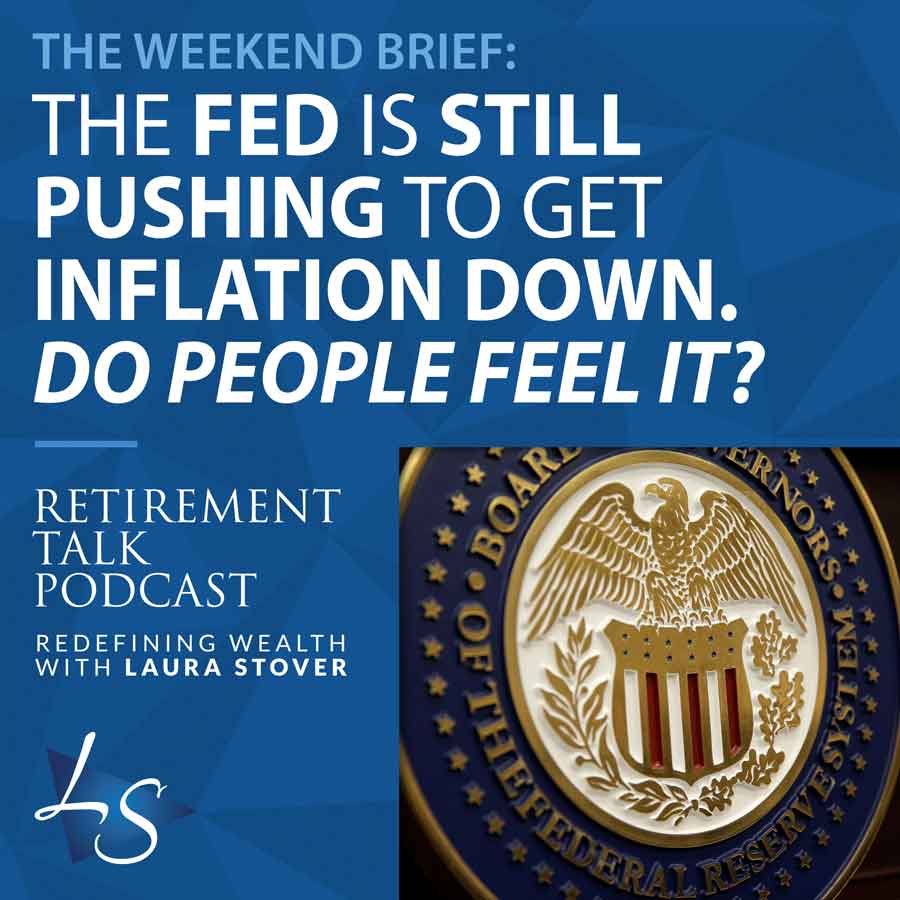Laura Stover, RFC® discusses the Federal Reserve’s Bank Term Funding Program (BTFP) today, a topic that is often overlooked, but has significant implications for our economy.This program, which was introduced in response to the failures of banks earlier this year, has the potential to create new money and impact the value of long-term securities. Let’s dive deeper into this issue and explore its implications.
To understand the BTFP, we first need to differentiate it from quantitative easing (QE). QE is a Fed open market operation that involves buying bonds out of the market to ease monetary conditions. On the other hand, the BTFP is a credit facility that allows bondholders to use their bonds as collateral for a loan. While both tools aim to add liquidity to the system, the BTFP specifically targets bondholders with heavy capital losses.
The BTFP is essentially a generous version of the old discount window, providing a direct loan from the Federal Reserve to banks. This program aims to prevent market panic and ensure that banks have the ability to meet the needs of depositors. However, if defaults occur, the BTFP could effectively become a form of quantitative easing.
One of the key concerns with the BTFP is the potential for inflation and interest rate spikes. With inflation running at its highest levels since the 1980s, focusing on financial stability could risk creating further inflationary pressures. Additionally, the BTFP’s valuation of collateral at par, regardless of the actual value, could lead to a significant deterioration in the value of long-term securities.
Further, the BTFP raises questions about the need for such a massive backstop. While it was understandable during the financial crisis of 2008, the current economic climate doesn’t seem to warrant such a program. The influx of liquidity through the BTFP, combined with the trillions of dollars printed during the pandemic, raises concerns about the long-term impact on the value of the dollar and the sustainability of our economy.
The Federal Reserve’s Bank Term Funding Program is a significant development in our financial landscape. While it may not be as well-known as quantitative easing, it has the potential to create new money and impact the value of long-term securities.
By staying informed and working with a qualified financial advisor, you can navigate these uncertain times and make informed decisions about your retirement. Remember to consider all aspects of your financial life and ensure that your retirement plan is well-rounded and aligned with your goals.
Rate, Review and Subscribe to the Podcast:
https://podcasts.apple.com/us/podcast/retirement-talk-podcast-with-laura-stover/id571347188
How to Connect:
redefiningwealth.info
lswealthmanagement.com
Schedule a Review: https://redefiningwealth.info/schedule/
Redefining Wealth® Custom Blueprint Income Plan: https://redefiningwealth.info/schedule/
Timestamps (show notes):
0:01:01 Discussion on the Federal Reserve’s BTFP initiative
0:02:50 Increase in credit card debt and its relation to stimulus
0:04:20 Explanation of BTFP and its comparison to quantitative easing
0:07:56 Potential consequences and concerns with BTFP
0:09:04 Digital ID and its implications
0:10:26 Analysis of Federal Reserve’s control over the economy
0:14:40 Discussion on the valuation of collateral and pension buyouts
0:15:14 Reduction in pensions and need for retirement planning
0:15:44 Loss of control with lump sum pensions
0:16:29 Bloomberg’s report on a massive liquidity backstop program
0:17:07 Questioning the need for a large backstop
Listen & Subscribe
Click on logos below.












